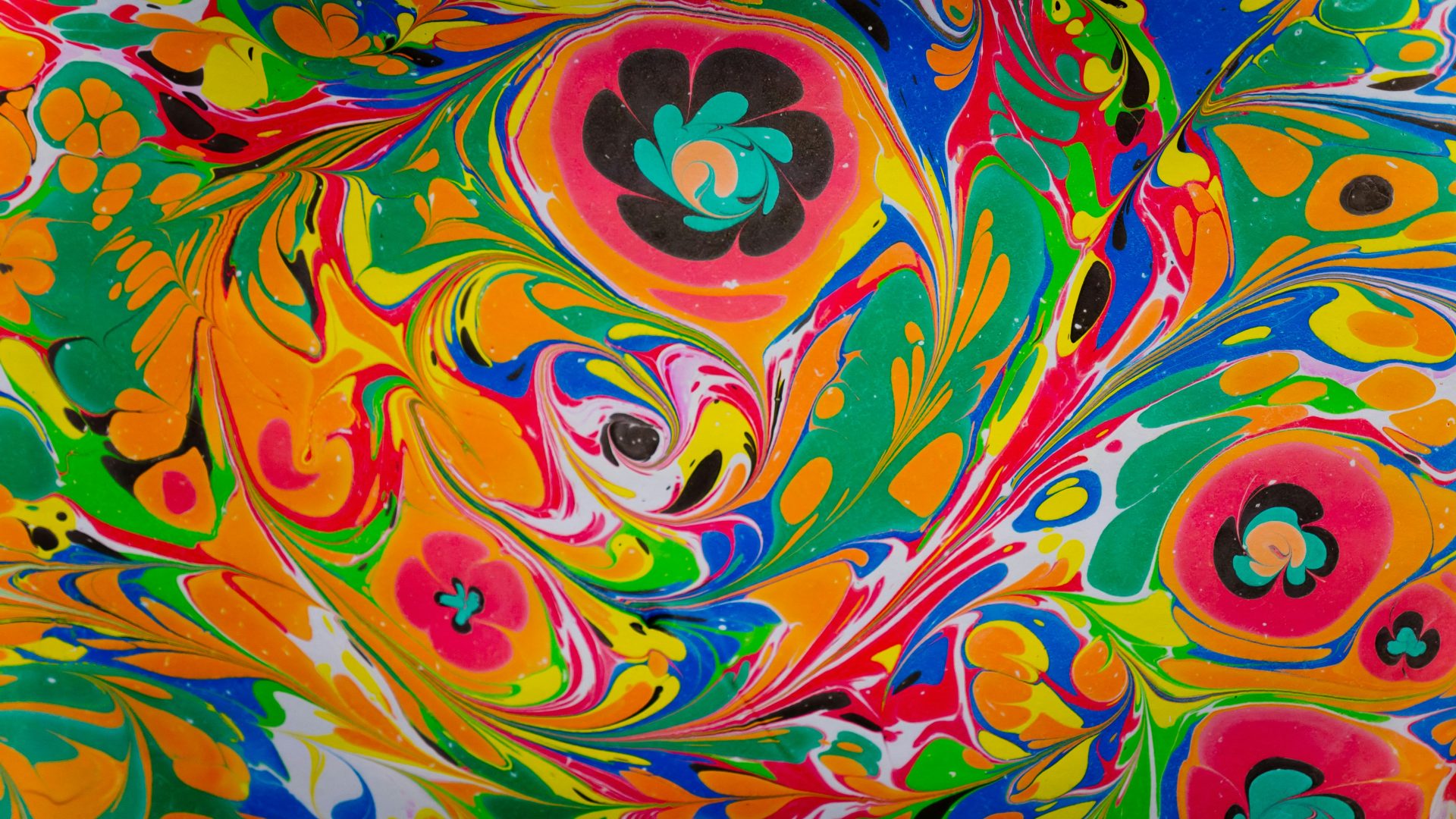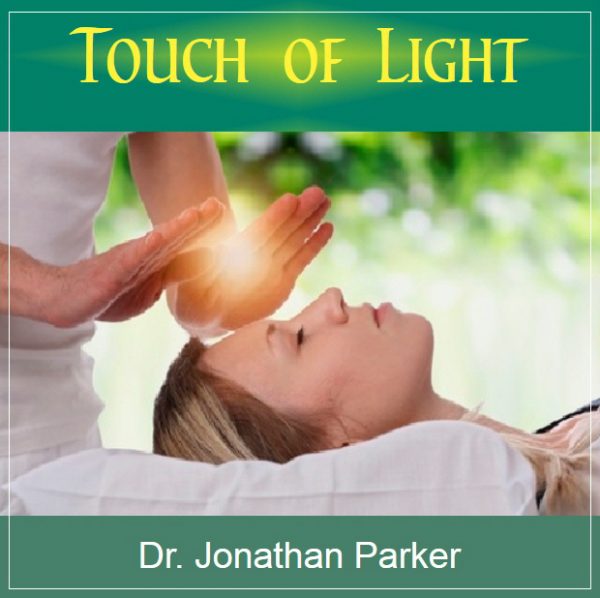Light Therapy Luminescence: Illuminating Healing Potential

Before diving in, please note: This post is for informational purposes only. If you’d like to know more about how we approach topics, feel free to check out our friendly Disclaimer Page.
Hey there, amazing readers! 🖐️ Just a quick note: yes, we know there are a lot of ads here. Trust us, we get it—it’s not the prettiest look, but they help us keep this blog alive and kicking. Those pesky little ads cover the costs of all the behind-the-scenes magic, from hosting and tech stuff to creating content we hope you’ll love.
We’re committed to delivering quality posts, and your support (even just sticking around despite the ads) means everything to us. So, bear with us, and thanks for helping us keep the good vibes rolling. Now, on to the fun stuff! 😉
TRANSLATE BUTTON AT THE END OF THE ARTICLE
Light Therapy Luminescence: Illuminating Healing Potential
Overview
Light therapy, also known as phototherapy, is a non-invasive treatment that uses specific wavelengths of light to promote healing and improve various health conditions.
This therapeutic approach has gained popularity in recent years due to its potential to enhance overall well-being.
By understanding the science behind light therapy and its benefits, individuals can make informed decisions about incorporating it into their healthcare routine.
This article explores the ins and outs of light therapy, including its mechanisms, conditions it can treat, different techniques available, safety considerations, and its unique advantages over other healing modalities.
What is Light Therapy?
Light therapy involves the use of artificial or natural light sources to deliver specific wavelengths of light to the body.
This can include visible light, as well as ultraviolet (UV) and infrared light.
The goal is to stimulate the body’s natural healing processes and promote overall wellness.
Light therapy can be administered through light boxes, lamps, handheld devices, or even specialized beds.
It can be used for various durations and frequencies depending on the specific condition being treated and the desired outcomes.
How Does Light Therapy Work?
Light therapy works by interacting with cells in the body, particularly those in the skin and eyes.
When exposed to specific wavelengths of light, these cells absorb the energy and trigger a series of biological responses.
One of the key mechanisms of action is the stimulation of mitochondria, the energy-producing powerhouses within cells.
This activation helps increase cellular metabolism, promote tissue repair, reduce inflammation, and enhance circulation.
Additionally, light therapy can influence the production of neurotransmitters and hormones, leading to improved mood, sleep, and overall physiological balance.
The Science Behind Light Therapy
The scientific understanding of light therapy is based on the principle of photobiomodulation.
This process involves the absorption of light energy by the body’s chromophores, such as cytochrome c oxidase and melanin.
These chromophores have specific absorption spectra, meaning they respond to different wavelengths of light.
By targeting these chromophores with the appropriate light wavelengths, light therapy can elicit therapeutic effects at the cellular level.
Research has shown that specific wavelengths of light can enhance cellular activity, promote tissue repair, modulate immune responses, and even influence gene expression.
Benefits of Light Therapy for Healing
Light therapy offers numerous benefits for healing and overall well-being.
Some of the key advantages include:
Accelerated tissue repair: Light therapy can promote the regeneration of damaged tissues, speed up wound healing, and reduce scar formation.
Reduced inflammation: By modulating the immune response and decreasing pro-inflammatory cytokines, light therapy can help alleviate inflammation in various conditions.
Improved mood and mental health: Light therapy has been shown to enhance serotonin production and regulate circadian rhythms, leading to improved mood, reduced symptoms of depression, and better sleep patterns.
Pain relief: Light therapy has analgesic properties and can help reduce both acute and chronic pain by stimulating the body’s natural pain-relieving mechanisms.
Enhanced skin health: Light therapy can improve various skin conditions, including acne, psoriasis, and eczema.
It promotes collagen production, reduces redness and inflammation, and helps regulate oil production.
Discover "SUPERFOODS: The Key to Health and Balance🥗" 🌿🌺
Boosted immune function: Light therapy can stimulate immune cells, such as lymphocytes and macrophages, to enhance the body’s defense against infections and promote overall immune health.
Conditions Treated by Light Therapy
Light therapy can be beneficial for a wide range of health conditions, including:
Seasonal Affective Disorder (SAD): Light therapy is particularly effective in treating SAD, a type of depression that occurs during the winter months due to reduced exposure to sunlight.
Sleep disorders: Light therapy can help regulate circadian rhythms and improve sleep disorders, such as insomnia and jet lag.
Depression and anxiety: The mood-enhancing effects of light therapy can be effective in reducing symptoms of depression and anxiety.
Chronic pain conditions: Light therapy has shown promising results in managing chronic pain conditions, such as fibromyalgia, arthritis, and neuropathy.
Skin conditions: Light therapy can improve the symptoms of various skin conditions, including acne, psoriasis, vitiligo, and dermatitis.
Wound healing: Light therapy promotes tissue repair and can be used to accelerate wound healing, including diabetic ulcers and bedsores.
Different Types of Light Therapy Techniques
There are several different techniques used in light therapy, each with its own unique benefits and applications.
Some of the most common types include:
Light boxes: Light boxes emit bright light, typically mimicking natural sunlight, and are used for treating conditions like SAD and regulating circadian rhythms.
Low-level light therapy (LLLT): Also known as cold laser therapy, LLLT uses low-intensity lasers or light-emitting diodes (LEDs) to stimulate cellular activity and promote tissue repair.
Red light therapy: Red light therapy utilizes red or near-infrared light to penetrate deeper into the skin, improving collagen production, reducing inflammation, and promoting wound healing.
Blue light therapy: Blue light therapy primarily targets the skin and is effective in treating acne by killing bacteria and reducing excess oil production.
Infrared sauna therapy: Infrared saunas emit infrared light to heat the body directly, promoting detoxification, pain relief, and relaxation.
Choosing the Right Light Therapy Device
When considering light therapy, it is important to choose the right device for your specific needs.
Factors to consider include:
Wavelength: Different conditions may require different wavelengths of light, so it is crucial to select a device that emits the appropriate wavelengths for your desired outcomes.
Intensity and duration: The intensity and duration of light exposure can vary between devices.
Consult with a healthcare professional to determine the optimal settings for your condition.
Discover "Sports Nutrition: The Importance of Nutrition and Exercise for Overall Health 🥗🏋️"

Safety features: Ensure that the device has safety features such as eye protection and timers to prevent overexposure and minimize potential side effects.
Quality and reliability: Look for reputable brands and devices that have undergone rigorous testing and are certified for safety and efficacy.
How to Use Light Therapy Safely
While light therapy is generally considered safe, it is important to follow certain precautions to ensure optimal results and minimize potential risks.
Here are some safety guidelines to keep in mind:
Consult a healthcare professional: Before starting light therapy, consult with a healthcare professional to determine if it is suitable for your specific condition and to receive proper guidance on treatment protocols.
Use eye protection: Certain light therapy devices emit bright light that can be harmful to the eyes.
Always use appropriate eye protection, such as goggles or closed eyelids, when undergoing light therapy.
Follow recommended guidelines: Adhere to the recommended duration, intensity, and frequency of light therapy sessions as prescribed by a healthcare professional or outlined in the device’s instructions.
Be aware of potential side effects: Although rare, light therapy can cause side effects such as eye strain, headaches, and skin irritation.
If any adverse reactions occur, discontinue use and consult a healthcare professional.
Light Therapy vs. Other Healing Modalities
Light therapy offers several advantages over other healing modalities:
Non-invasive: Light therapy is a non-invasive treatment that does not require surgery or medication.
Minimal side effects: Unlike many pharmaceutical interventions, light therapy typically has minimal side effects when used correctly.
Versatile: Light therapy can be used to treat a wide range of conditions, making it a versatile therapeutic option.
Cost-effective: In comparison to other treatments, light therapy can be more cost-effective in the long run, especially when considering the potential benefits and reduced dependency on medications.
Success Stories: Real-life Experiences with Light Therapy
Numerous individuals have reported positive experiences with light therapy.
For example, individuals suffering from SAD have experienced a significant improvement in their mood and energy levels after regular light therapy sessions.
Patients with chronic pain conditions have reported a reduction in pain intensity and an enhanced quality of life.
Those with skin conditions, such as acne and psoriasis, have seen improvements in their skin appearance and a reduction in symptoms.
These success stories highlight the potential of light therapy as a valuable healing modality.
Future Directions in Light Therapy Research
As light therapy gains more recognition, ongoing research aims to further explore its mechanisms of action and potential applications.
Scientists are investigating the benefits of specific light wavelengths, optimizing treatment protocols, and developing innovative light therapy devices.
Additionally, research is focusing on the combination of light therapy with other therapies, such as medication or physical therapy, to enhance treatment outcomes.
The future of light therapy holds promise for expanding its use in various healthcare fields and improving the overall well-being of individuals.
Conclusion
Light therapy offers a promising avenue for healing and promoting overall well-being.
This non-invasive treatment utilizes specific wavelengths of light to stimulate cellular activity, reduce inflammation, enhance mood, and alleviate pain.
With its versatility and minimal side effects, light therapy can be an effective treatment option for conditions ranging from seasonal affective disorder to chronic pain and skin conditions.
By choosing the right light therapy device, following safety guidelines, and consulting with a healthcare professional, individuals can harness the potential of light therapy to improve their health and quality of life.
As research continues to uncover its mechanisms and benefits, light therapy is poised to become an increasingly valuable tool in the field of holistic healthcare.

The Enlightenment Journey is a remarkable collection of writings authored by a distinguished group of experts in the fields of spirituality, new age, and esoteric knowledge.
This anthology features a diverse assembly of well-experienced authors who bring their profound insights and credible perspectives to the forefront.
Each contributor possesses a wealth of knowledge and wisdom, making them authorities in their respective domains.
Together, they offer readers a transformative journey into the realms of spiritual growth, self-discovery, and esoteric enlightenment.
The Enlightenment Journey is a testament to the collective expertise of these luminaries, providing readers with a rich tapestry of ideas and information to illuminate their spiritual path.
Our Diverse Expertise 🌟
While our primary focus is on spirituality and esotericism, we are equally passionate about exploring a wide range of other topics and niches 🌍📚. Our experienced team is dedicated to delivering high-quality, informative content across various subjects ✨.
To ensure we provide the most accurate and valuable insights, we collaborate with trusted experts in their respective domains 🧑🏫👩🏫. This allows us to offer well-rounded perspectives and knowledge to our readers.
Our blog originally focused on spirituality and metaphysics, but we’ve since expanded to cover a wide range of niches. Don’t worry—we continue to publish a lot of articles on spirituality! Frequently visit our blog to explore our diverse content and stay tuned for more insightful reads.






